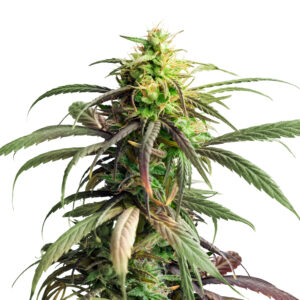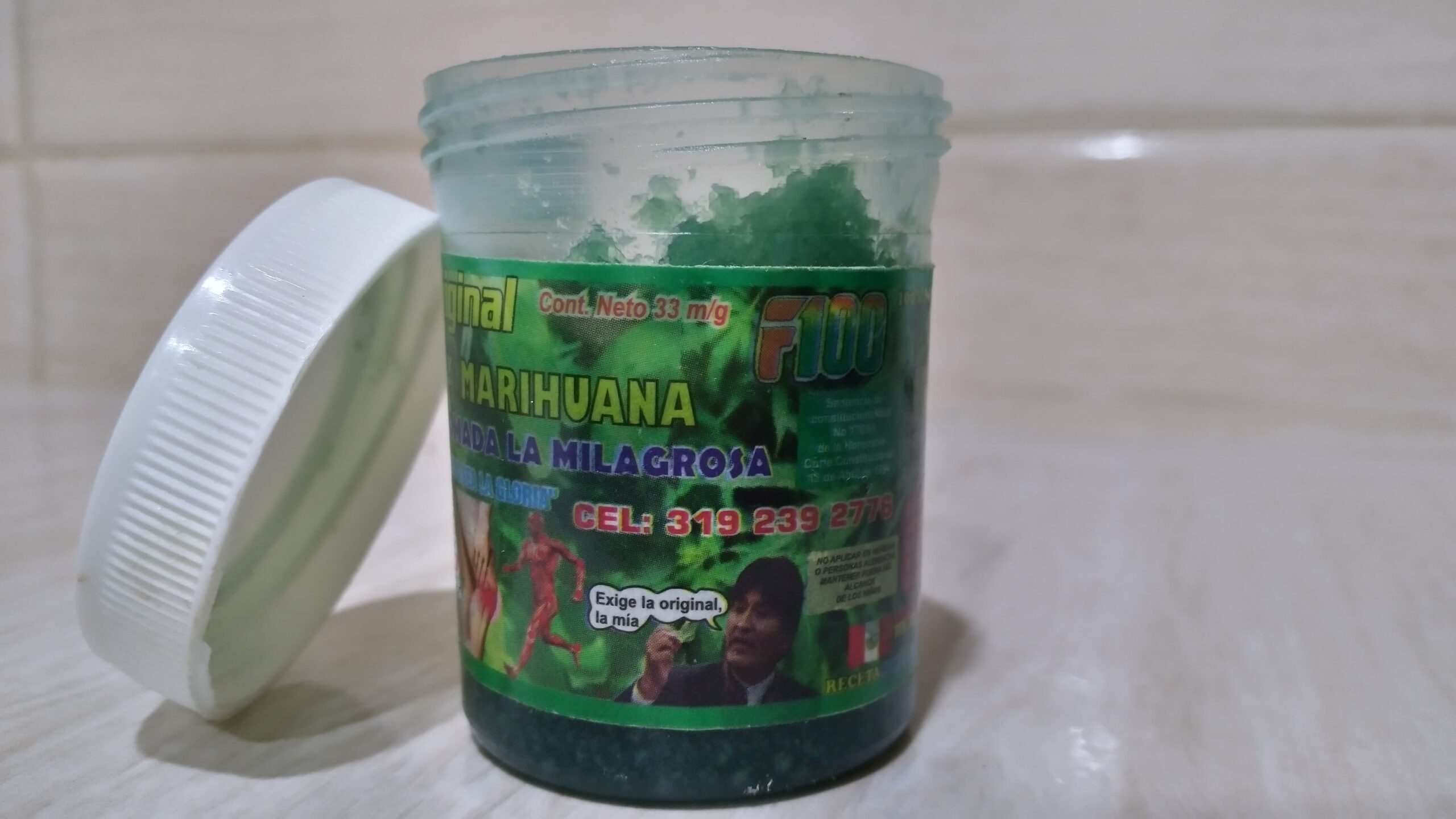The question how long does cannabis stay in your body is essential for anyone subject to drug testing or concerned about lingering effects. While the psychoactive effects of THC fade within hours, its metabolites can be detected in blood, saliva, urine, and hair for days or even months after use. In this article, we explore how marijuana is absorbed, the factors that influence detection times, and what each testing method can reveal about recent and past cannabis consumption.
When smoked or vaporized, THC enters the bloodstream almost immediately through the lungs’ alveoli, reaching peak blood levels within minutes. In contrast, ingesting edibles delays absorption: THC must pass through the digestive tract and liver, where it is converted into the more potent metabolite 11-hydroxy-THC before entering circulation—often resulting in stronger and longer-lasting effects.
Once in the bloodstream, THC is rapidly distributed to fatty tissues and organs, including the brain. The liver then breaks THC down into dozens of metabolites (over 80 have been identified), some of which remain stored in body fat for days or weeks. These metabolites are gradually released back into the blood and eliminated through urine and feces. Because of this process, traces of cannabis can be detected long after the psychoactive effects have worn off.
Blood tests measure active THC rather than metabolites, so they reflect very recent use. THC is detectable in blood for approximately 1–12 hours after smoking, with occasional reports up to 24 hours in heavy users. Because THC concentrations drop quickly, blood tests are primarily used to assess current impairment rather than past consumption.
Saliva (oral fluid) tests detect THC in the mouth and bloodstream, offering a short detection window. THC can be found in saliva for up to 24–72 hours after smoking, depending on usage frequency. Occasional users may test negative within a day, while regular users could show positive results for up to three days.
Urine tests screen for non-psychoactive metabolites (primarily THC-COOH) and are the most common method for detecting cannabis. Detection windows vary widely:
Hair tests provide the longest detection window by measuring THC metabolites embedded in hair shafts. A standard 1.5-inch hair sample can reveal cannabis use over the past 90 days. However, hair testing is less common due to higher cost and concerns about external contamination.

When evaluating how long does cannabis stay in your body for the purposes of workplace or legal testing, it’s important to understand each test’s limitations. Immunoassay urine screens are fast and inexpensive but can produce occasional false positives due to cross-reactivity with other substances. To reduce errors, any positive screen is typically confirmed by gas chromatography–mass spectrometry (GC-MS), which specifically identifies THC metabolites with high precision.
Blood and saliva tests offer short detection windows, making them more reliable for assessing recent impairment rather than historical use. However, neither provides a direct measure of intoxication level—only presence or absence of THC or its metabolites. Hair follicle tests yield a long retrospective view (up to 90 days) but can be influenced by external contamination and cosmetic treatments. Understanding these nuances helps set realistic expectations about what each test can—and cannot—reveal about your cannabis consumption history.
Countless home remedies claim to “flush” THC from your system quickly, but most are ineffective. Drinking excessive water or sports drinks may dilute urine temporarily, potentially lowering metabolite concentration below screening thresholds, but labs flag overly diluted samples and retest. Detox kits and herbal supplements promise rapid cleansing, yet clinical evidence is lacking—any apparent benefit often coincides with the body’s natural elimination over days or weeks. Ultimately, no proven shortcut drastically shortens the window of how long does cannabis stay in your body.
While you cannot erase THC metabolites instantly, certain practices support your body’s clearance processes:
Understanding how long does cannabis stay in your body empowers you to make informed decisions about consumption and testing. Detection windows vary by method: blood (hours), saliva (days), urine (days to weeks), and hair (up to 90 days). Individual factors—use frequency, body composition, metabolism—play significant roles. While myths about quick detox persist, the most effective strategy remains time, hydration, exercise, and healthy living to support your body’s natural elimination of THC metabolites.
For an authoritative overview of cannabis detection times, see the CDC’s “Urine Testing for Detection of Marijuana: An Advisory” at CDC MMWR – Urine Testing for Detection of Marijuana. :contentReference[oaicite:0]{index=0}













Related Posts

AMS’s autoflower cannabis seeds stand as a shining example of hassle-free cultivation. These seeds symbolize autonomy, seamlessly steering your cannabis plant from germination, through the vegetative phase, and finally into the flowering stage, without any complex intervention or manipulation of light cycles by the cultivator.
Our superior autoflower seeds are carefully designed to generate the highest yield in the shortest…

Uncover the historical and cultural significance of marijuana creams and salves, their journey from ancient medicine to modern therapeutic use, and the challenges and opportunities in the evolving legal landscape. Learn about their efficacy, varieties, and impact on the global market.

Looking for the best marijuana seeds from Holland? Amsterdam Marijuana Seeds (AMS) is your go-to seed bank with over 25 years of experience. Our mission is to provide you with premium-grade cannabis seeds that meet the highest standards of quality and genetics. Whether you’re a seasoned grower or just starting out, we have the perfect seeds for your needs.
Marijuana Seeds…